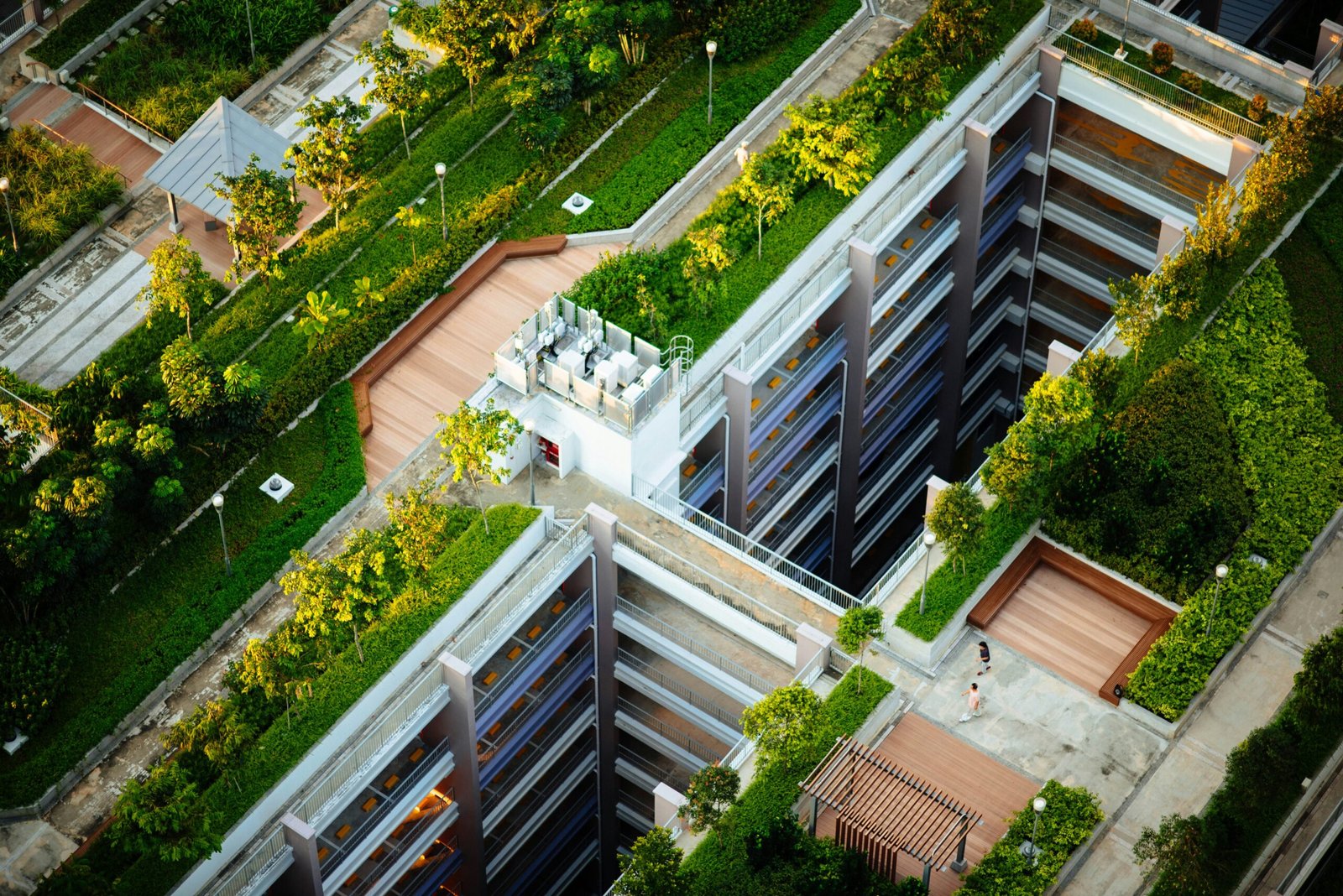How to Build a Green Roof for Your Garden Shed
Introduction
A green roof is a great way to add beauty and sustainability to your garden shed. Not only does it provide an aesthetically pleasing addition to your outdoor space, but it also offers numerous environmental benefits. In this guide, we will walk you through the step-by-step process of building a green roof for your garden shed, allowing you to create a lush and eco-friendly space.
Step 1: Assess the Structural Capacity
Before you begin the construction of a green roof, it is important to assess the structural capacity of your garden shed. Green roofs can be heavy, especially when wet, so it is crucial to ensure that your shed can support the additional weight. Consult a structural engineer or a professional builder to determine if any reinforcements are necessary.
Step 2: Choose the Right Plants
Selecting the right plants for your green roof is essential for its success. Opt for native plants that are well-suited to your climate and can thrive in the limited soil depth of a green roof. Sedums, grasses, and wildflowers are popular choices due to their ability to withstand harsh conditions and require minimal maintenance. Consider the aesthetic appeal and the growth habits of the plants to create a visually pleasing and functional green roof.
Step 3: Prepare the Surface
Proper preparation of the surface is crucial to ensure the longevity and effectiveness of your green roof. Start by cleaning the roof surface and removing any debris or existing vegetation. Repair any damages or leaks and ensure that the roof is in good condition. Apply a waterproof membrane to protect the roof from water damage and root penetration. Install a drainage layer to allow excess water to drain away, preventing waterlogging.
Step 4: Install a Growing Medium
The growing medium is the soil-like substance that provides nutrients and support to the plants on your green roof. Choose a lightweight and well-draining medium that is specifically designed for green roofs. This will prevent excessive weight on the shed and allow for proper water retention and drainage. Spread the growing medium evenly across the roof, ensuring a depth of at least 4-6 inches to accommodate plant growth.
Step 5: Plant the Vegetation
Now comes the fun part – planting the vegetation on your green roof. Start by placing the larger plants or grasses first, spacing them out to allow for growth. Then, add the smaller plants and wildflowers in between, creating a diverse and visually appealing arrangement. Be sure to consider the sunlight and water requirements of each plant and group them accordingly. Water the plants thoroughly after planting to help them establish their roots.
Step 6: Provide Adequate Irrigation
Proper irrigation is crucial to the success of your green roof. While green roofs are designed to be self-sustaining, they still require occasional watering, especially during dry periods. Install an irrigation system or use a soaker hose to provide consistent moisture to the plants. Avoid overwatering, as excessive moisture can lead to root rot and other issues. Monitor the moisture levels regularly and adjust the watering schedule accordingly.
Step 7: Maintain and Monitor
Regular maintenance and monitoring are essential to ensure the health and longevity of your green roof. Remove any weeds or unwanted vegetation that may compete with your plants. Prune and trim the plants as needed to maintain their shape and prevent overcrowding. Inspect the roof periodically for any signs of damage or leaks. Keep an eye out for pests or diseases and take appropriate measures to control them.
Conclusion
Building a green roof for your garden shed is a rewarding project that combines environmental sustainability with aesthetic appeal. By following these step-by-step instructions, you can create a lush and thriving green roof that enhances the beauty of your outdoor space while promoting eco-friendliness. Remember to assess the structural capacity, choose the right plants, prepare the surface, install a growing medium, plant the vegetation, provide adequate irrigation, and maintain and monitor your green roof regularly. Enjoy the benefits of a green roof and contribute to a greener and more sustainable future.
- Splash of Color: Creative Garden Shed Painting Ideas to Transform Your Backyard Oasis
- The Benefits and Types of Mobile Home Sheds
- History of the World in 100 Sheds
- Garden Shed Roof Repair Guide: Fix Leaks Quickly and Effectively
- Effective Garden Shed Pest Control Methods
- Designing Your Perfect Custom Garden Shed: A Comprehensive Guide
- Best Large Garden Sheds for Your Backyard: Discover the Perfect Storage Solution
- Transform Your Garden Shed: Creative Painting Ideas to Refresh Your Outdoor Space
- Top Small Garden Shed Ideas: Maximizing Your Garden Space
- The Pros and Cons of Metal Garden Sheds: Is It the Right Choice for You?


Leave a Reply